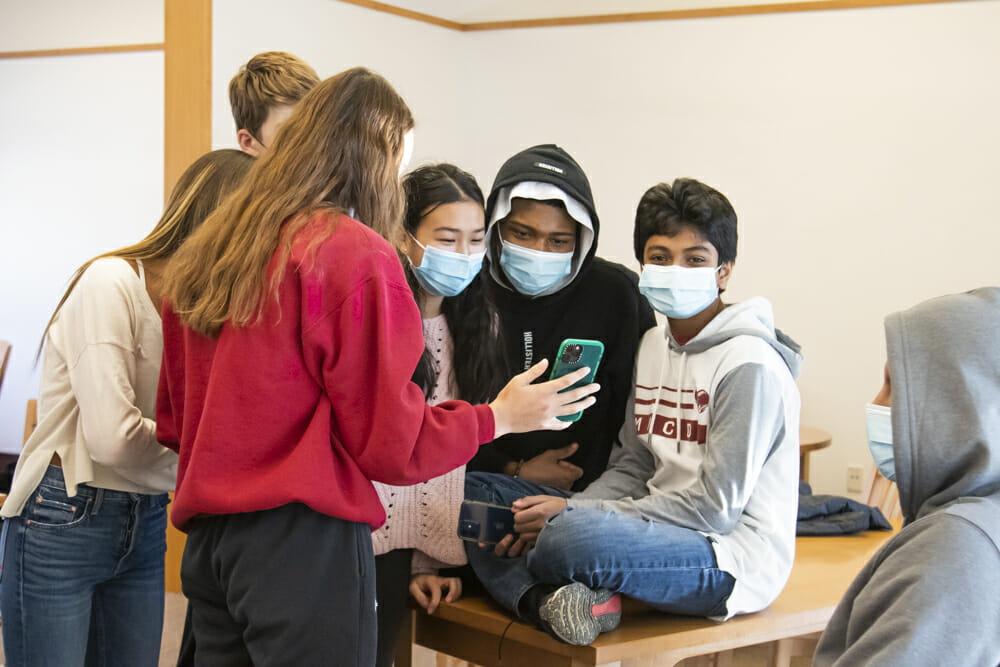Bryan Caplan, author of The Case Against Education, illustrates the economic concept of “signaling” by likening students to diamonds. “There are two ways to raise the value of a diamond,” he contends. You either “get an expert gemsmith to cut the diamond perfectly” or “you get a guy with an eyepiece to say, ‘It’s wonderful, flawless, a triple-A diamond.’ The jewel is the same, but it’s certified. That’s signaling.” Caplan’s choice of metaphor is a signal in itself, if not a warning, of a prevailing misunderstanding of the purpose of education and the promise of youth. Commodified, cut, and certified—what child would ever want to be a diamond on these terms?
I was reminded of Caplan earlier this week when, as part of the neurodiversity class in which I am enrolled with about a dozen other MICDS teachers and staff (and which is very thoughtfully led by Mrs. O’Toole, Ms. Taylor-Alonso, and Mr. Cummins on our Student Support staff), I heard several of our Middle and Upper School students describe the day-to-day challenges that they frequently navigate in our academically rigorous learning environment. Each has been diagnosed with a physical, cognitive, or behavioral trait or traits that can impede their learning in a typical classroom setting—or over the course of a typical school day—and I was so impressed with the courage and resilience that distinguish their efforts and outlook in our community. We are bettered by their example.
Among Caplan’s arguments is that educational institutions insist on conformity to universal norms so that “a guy with an eyepiece” can evaluate the “diamonds” according to consistent standards. It is undeniable, of course, that schools exist to provide economic, instructional, and social efficiencies—and that some level of conformity is inevitably required—and yet increasingly at MICDS we are attuned to the value of idiosyncrasy, to the richness of “off-pattern” attributes, and to the set of qualities that makes each of us unique as our community becomes more diverse, and more aware of our diversity, in myriad ways. We are also attuned to, and committed to minimizing, the costs that conformity imposes on students like those who shared their experiences with my class this week, and that it imposes on many other students distinguished in their own ways as well.
I prefer to imagine Caplan’s “guy with an eyepiece” not as a gemologist but as a geologist, fascinated by the process through which a lump of carbon achieves a singular crystalline state, not by the product that is a conventional diamond. Our MICDS Mission insists that we “praise individual achievement.” We must never appraise it. There is a world of difference between the two.
Always reason, always compassion, always courage. I wish you a very happy snowy weekend with your families.
Jay Rainey
Head of School
This week’s addition to the “Refrains for Rams” playlist: Black Myself by Amythyst Kiah (Apple Music / Spotify)
